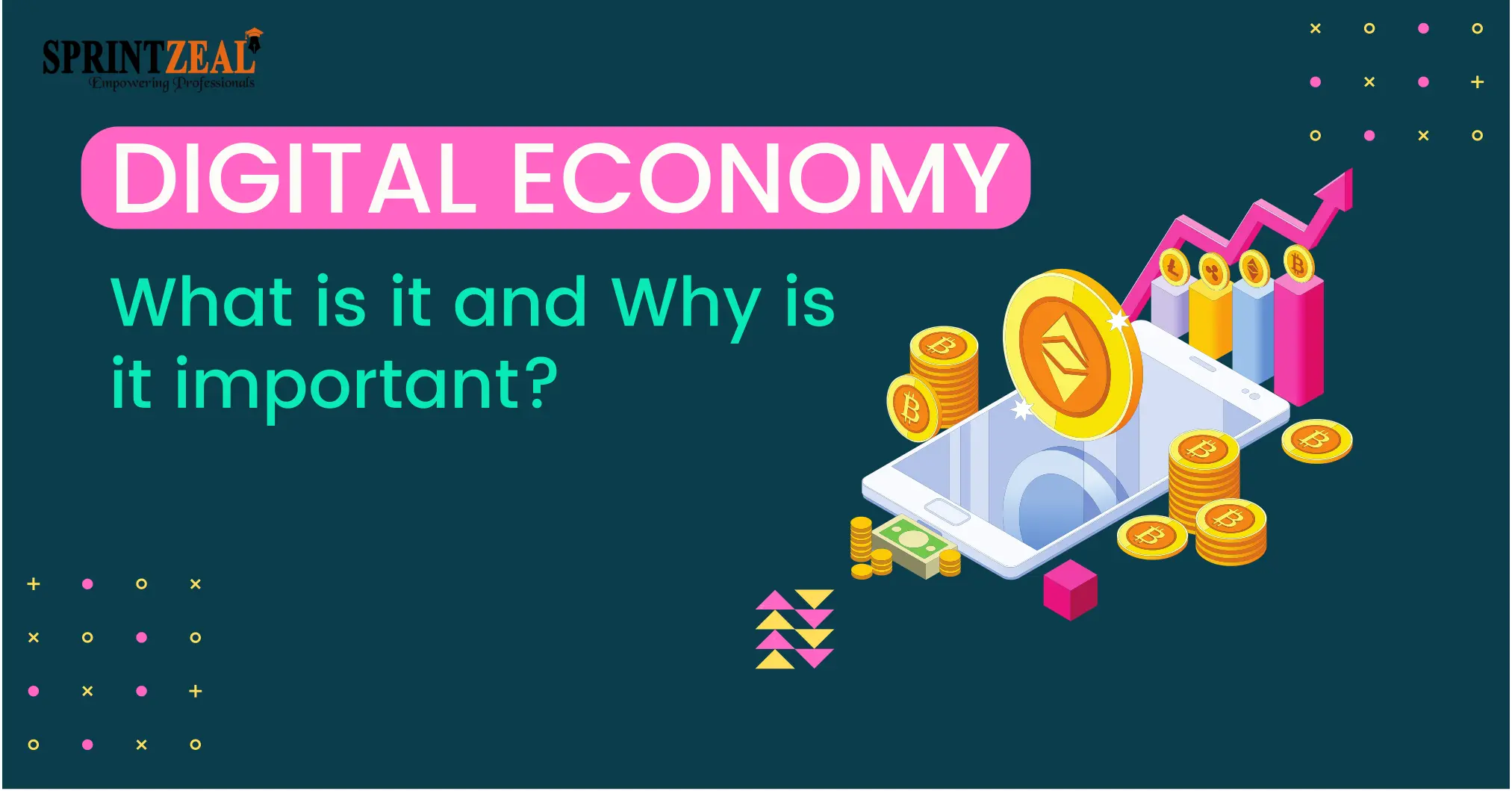The digital economy represents a transformative shift from traditional economic models, integrating digital technologies into all facets of business and society. This evolution has redefined how we produce, distribute, and consume goods and services, fostering a globally interconnected marketplace.
Princess Royal Parcel Hub
Defining the Digital Economy
At its core, the digital economy encompasses economic activities that result from billions of online interactions among people, businesses, devices, data, and processes. It leverages digital technologies—such as the internet, mobile platforms, and cloud computing—to enhance productivity, facilitate trade, and drive innovation. This paradigm shift has led to the emergence of new business models and has transformed traditional industries.
Key Components of the Digital Economy
- Digital Infrastructure: The foundational hardware and software, including broadband networks, data centers, and cloud services, that enable digital interactions.
- E-Business: The conduct of business processes over digital networks, encompassing activities like supply chain management, electronic procurement, and customer relationship management.
- E-Commerce: The buying and selling of goods and services online, which has expanded marketplaces beyond geographical boundaries.
- Digital Platforms: Online frameworks that facilitate interactions between users, such as social media networks, marketplaces, and gig economy platforms.
- Data and Analytics: The collection and analysis of vast amounts of data to inform decision-making, personalize services, and drive efficiencies.
The Role of Digital Platforms
Digital platforms have become central to the digital economy, acting as intermediaries that connect consumers and producers. They create value by reducing transaction costs, enhancing trust through user reviews, and utilizing algorithms to match supply with demand efficiently. The success of these platforms often hinges on network effects, where the value of the service increases as more users participate.
Economic Impact and Growth
The digital economy has been a significant driver of economic growth. For instance, in Spain, the digital sector generated €122.066 billion in 2022, accounting for 22.6% of the GDP and marking a 5.1% increase from the previous year. This growth is indicative of a broader global trend where digital technologies contribute substantially to economic development.
Challenges and Considerations
Despite its benefits, the digital economy presents several challenges:
- Digital Divide: Approximately 2.6 billion people worldwide remain unconnected to the internet, limiting their participation in the digital economy and exacerbating inequalities.
- Regulatory Frameworks: The rapid pace of digital innovation often outstrips existing regulations, necessitating updated policies to address issues like data privacy, cybersecurity, and fair competition.
- Workforce Adaptation: The shift towards digital requires a workforce equipped with new skills, highlighting the importance of education and continuous learning.
Future Outlook
The digital economy is poised to expand further, driven by advancements in technologies such as artificial intelligence, blockchain, and 5G. Investments in digital infrastructure and skills development are crucial to harnessing its full potential. Moreover, fostering international cooperation can help address challenges like the digital divide and ensure that the benefits of the digital economy are equitably distributed.
Understanding the Digital Economy: What Is It and How Can It Transform Asia?
Conclusion
The digital economy signifies a paradigm shift in how economic activities are conducted, offering unprecedented opportunities for innovation, efficiency, and inclusivity. By understanding its components, impacts, and challenges, we can better navigate this digital landscape and leverage its potential for sustainable growth.




